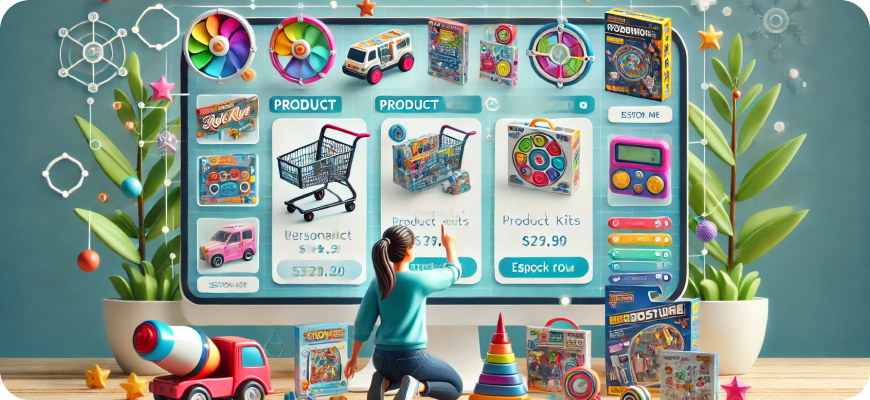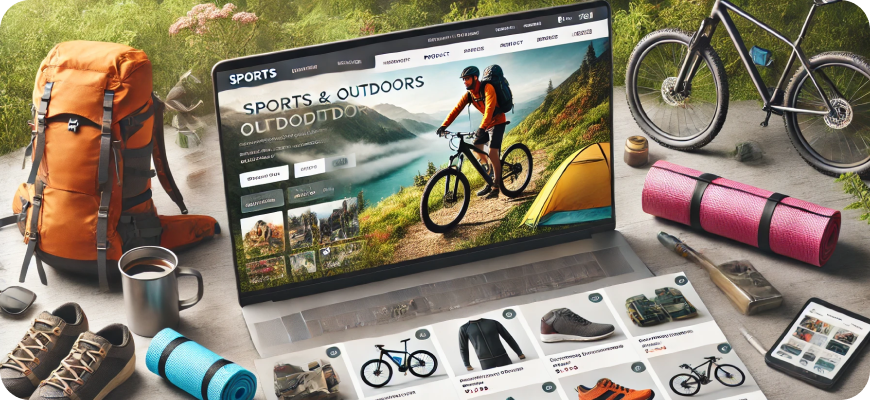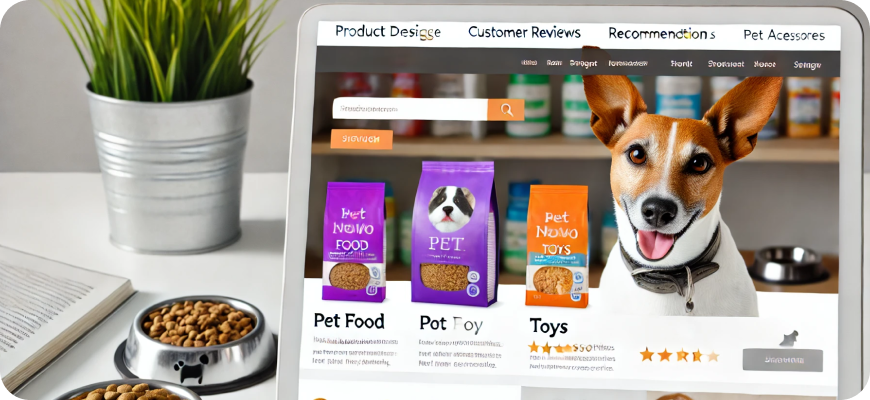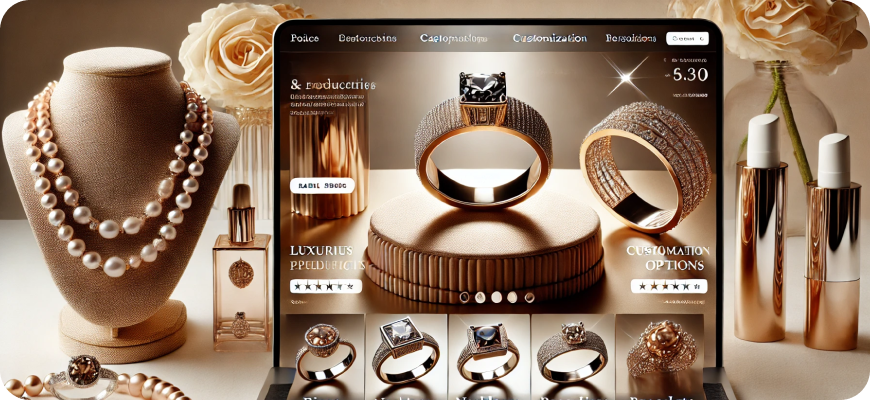What is Upselling? Best Strategies and Best Practices
Upselling is a sales technique aimed at encouraging customers to purchase a more expensive, upgraded, or premium version of the item they’re considering or adding complementary features that increase the overall value of the purchase. It differs from cross-selling, which focuses on suggesting related or complementary products. Upselling can significantly boost revenue and improve the customer experience when done correctly, offering value-added benefits that meet customers’ needs. This article explores the concept of upselling, the best strategies for implementation, and proven best practices to maximize success.
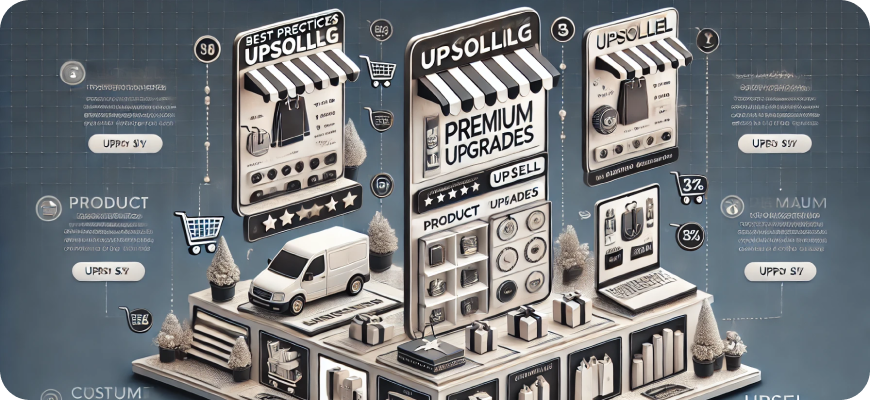
What is Upselling?
Upselling is the practice of persuading customers to spend more by offering them a superior or enhanced version of the product they’re considering. This might include additional features, upgrades, or higher-end models. When executed effectively, upselling provides customers with a solution that better fits their needs while driving increased revenue for businesses.
Examples of Upselling:
- Electronics: A customer shopping for a smartphone may be offered a model with more storage or a better camera.
- Hospitality: A hotel guest booking a standard room may be offered an upgrade to a suite with additional amenities.
- E-Commerce: An online retailer may suggest a premium version of a product or an extended warranty.
The key to effective upselling is to demonstrate how the upgraded option offers greater value, convenience, or benefits to the customer.
Benefits of Upselling
Upselling offers several benefits, both for businesses and their customers:
- Increased Revenue: Upselling higher-priced products or add-ons can increase the average order value, boosting overall sales revenue.
- Improved Customer Satisfaction: When done right, upselling enhances the customer’s experience by helping them find products that better meet their needs or provide additional value.
- Higher Customer Lifetime Value (CLTV): By offering relevant upsell options, businesses can build deeper relationships with customers, encouraging repeat purchases and long-term loyalty.
- Enhanced Brand Reputation: When businesses genuinely focus on providing value, upselling can reinforce their reputation as a customer-centric brand that listens to and understands customer needs.
Best Strategies for Upselling
To maximize the effectiveness of your upselling efforts, it’s important to apply strategies that genuinely add value for the customer. Here are some of the most successful upselling strategies:
1. Offer Tiered Options
One of the simplest ways to implement upselling is by offering tiered options for your products or services. This allows customers to choose a plan or version that best fits their needs and budget.
Example: An online streaming service may offer Basic, Standard, and Premium plans with different features, such as higher video quality, multiple screens, and exclusive content.
Benefits:
- Customer Choice: Providing tiered options empowers customers to choose based on their preferences and needs.
- Increased Perceived Value: Customers may see more value in upgrading to a higher tier with added features.
2. Use Product Comparisons
Side-by-side product comparisons can help customers clearly understand the differences between options and why a higher-priced option offers greater value. Highlighting key benefits, features, and specifications makes it easier for customers to make informed decisions.
Example: An electronics retailer may show a comparison table that highlights the differences between a basic laptop and a premium model with faster processing speed and additional features.
Benefits:
- Clarity and Transparency: Customers can see what they’re getting for the extra cost, making them more likely to upgrade.
- Educated Decision-Making: Comparison charts provide the information customers need to justify spending more.
3. Focus on Value and Benefits
When upselling, focus on how the upgraded product can solve the customer’s problems, enhance their experience, or offer better long-term value. Avoid merely emphasizing the higher price tag; instead, explain why the upgrade is worth it.
Example: A skincare brand may suggest an anti-aging serum that complements the customer’s chosen moisturizer, emphasizing how it can help reduce fine lines and improve skin texture over time.
Benefits:
- Customer-Centric Approach: Focusing on benefits makes the upsell feel more like a helpful suggestion than a sales push.
- Increased Trust: Customers are more likely to trust brands that genuinely consider their needs.
4. Time Your Upsell Offers Wisely
Timing is crucial for effective upselling. The best time to present an upsell offer is when the customer is already engaged and close to making a purchase decision. This can be during product selection, at the checkout, or even post-purchase.
Example: An e-commerce store may offer an upsell for an extended warranty during checkout, while a SaaS company may offer a discounted annual plan upgrade shortly before the customer’s monthly subscription renews.
Benefits:
- Higher Engagement: Presenting upsell offers when customers are actively considering a purchase increases their likelihood of acceptance.
- Less Intrusive: Well-timed upsells feel natural and integrated into the buying journey.
5. Leverage Personalization
Personalized upsell recommendations are far more effective than generic ones. Use data such as customer purchase history, browsing behavior, and preferences to tailor your upsell offers.
Example: An e-commerce store might suggest a higher-end version of a product the customer has frequently viewed or a bundle that aligns with their previous purchases.
Benefits:
- Higher Relevance: Personalization ensures that upsell offers resonate with the customer’s specific interests.
- Enhanced Customer Experience: Tailored recommendations show that your business understands the customer’s needs.
6. Highlight Social Proof and Reviews
Customer reviews, testimonials, and social proof can significantly influence purchasing decisions. When upselling, use positive reviews, ratings, or testimonials to demonstrate how the upgraded product has benefited others.
Example: A travel website may showcase glowing customer reviews of an upgraded tour package, emphasizing the added experiences and amenities.
Benefits:
- Increased Credibility: Social proof builds trust and can make customers more comfortable spending more.
- Informed Decisions: Positive feedback from other customers reinforces the perceived value of the upgrade.
7. Bundle Upsell Offers
Bundling involves grouping multiple products together at a discounted price. While typically associated with cross-selling, bundling can also work effectively as an upselling strategy by offering premium or value-added bundles.
Example: A retailer selling smartphones may offer a bundle that includes a premium phone model, protective case, and wireless charger at a discounted rate compared to purchasing the items individually.
Benefits:
- Perceived Value: Bundles often feel like a good deal, encouraging customers to spend more for the added value.
- Increased Sales Volume: Bundling multiple products increases the total transaction value.
Best Practices for Successful Upselling
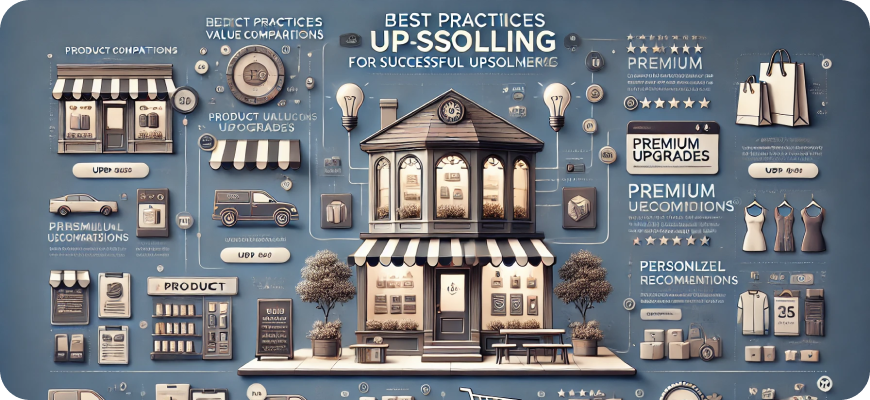
To ensure your upselling efforts are successful and deliver value to your customers, follow these best practices:
1. Understand Your Customer’s Needs
Effective upselling starts with a deep understanding of your customer’s needs, pain points, and preferences. Before presenting an upsell offer, consider whether it genuinely aligns with what the customer is looking for.
Best Practice: Use customer data, feedback, and purchase history to tailor upsell offers that resonate with their unique needs.
2. Keep It Relevant and Related
An upsell offer should always be relevant to the product the customer is considering. Offering unrelated products or upgrades can come across as spammy and reduce customer trust.
Example: If a customer is buying a laptop, relevant upsell options might include more RAM, a better warranty, or a productivity software bundle—not unrelated items like kitchen appliances.
Best Practice: Ensure that your upsell suggestions are directly tied to the customer’s primary purchase.
3. Don’t Be Pushy
Upselling should feel like a helpful recommendation, not a hard sell. Overly aggressive upselling tactics can frustrate customers and even drive them away. Use subtle prompts and provide options without pressuring the customer.
Best Practice: Give customers the choice to learn more about the upgrade without forcing them to commit immediately.
4. Offer Clear Value
Clearly communicate the added value of the upsell. Use visuals, comparisons, and concise explanations to highlight what makes the upgraded option better and how it benefits the customer.
Example: Show side-by-side comparisons of different subscription tiers, emphasizing the additional features, savings, or benefits of choosing the higher-priced plan.
Best Practice: Focus on how the upgrade solves a problem, saves time, or enhances the customer’s experience.
5. Provide Discounts or Incentives
Offering a discount, limited-time offer, or loyalty reward can make upselling more appealing. Customers are more likely to consider an upsell if they feel they’re getting extra value for their money.
Example: A SaaS company may offer a discount for customers who upgrade from a monthly to an annual subscription.
Best Practice: Use urgency and incentives wisely to motivate customers without coming across as pushy.
6. Use Data to Inform Upsell Offers
Data-driven upselling ensures your offers are relevant, timely, and effective. Analyze customer behavior, purchase history, and past upsell success rates to refine your strategy.
Best Practice: Regularly review data and test different upsell approaches to see what works best with your target audience.
7. Test and Optimize
Upselling strategies should evolve based on customer feedback and performance metrics. Use A/B testing to determine which upsell offers work best and make adjustments accordingly.
Best Practice: Continuously test different placements, offer types, and messaging to optimize your upselling strategy.
Common Mistakes to Avoid in Upselling
While upselling can be highly effective, there are common mistakes that can undermine your efforts:
- Offering Irrelevant Upsells: Customers will be frustrated if they’re presented with unrelated or mismatched upsell offers. Ensure all suggestions are relevant to their current purchase.
- Being Too Aggressive: Hard-selling tactics can drive customers away. Focus on providing genuine value rather than pressuring customers to spend more.
- Overloading the Customer: Offering too many upsell options at once can overwhelm customers and lead to decision fatigue. Limit upsell suggestions to one or two relevant options.
- Ignoring Customer Feedback: Failing to listen to customer feedback can lead to missed opportunities and less effective upselling. Use feedback to refine your approach.
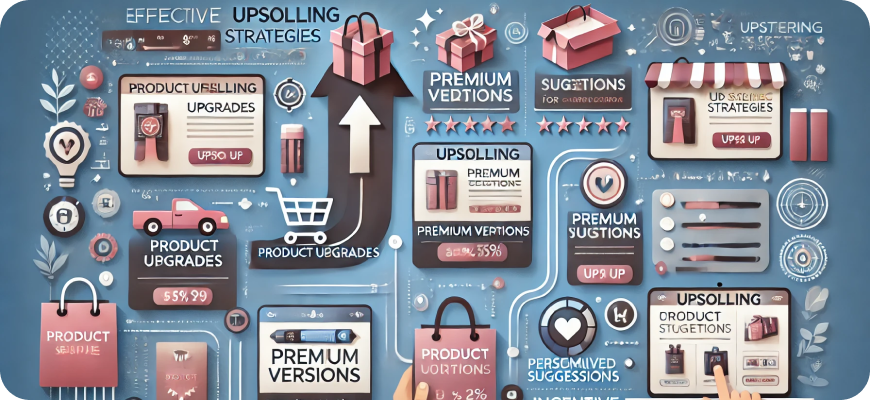
Conclusion
Upselling is a valuable strategy for increasing revenue and improving the customer experience when done thoughtfully. By offering relevant, value-driven recommendations that meet your customers’ needs, you can enhance satisfaction, build loyalty, and boost your bottom line. Focus on timing, personalization, and genuine value to maximize the impact of your upselling efforts, and remember to continuously test and optimize your approach for the best results. With the right strategy, upselling can become a win-win for both your business and your customers.

